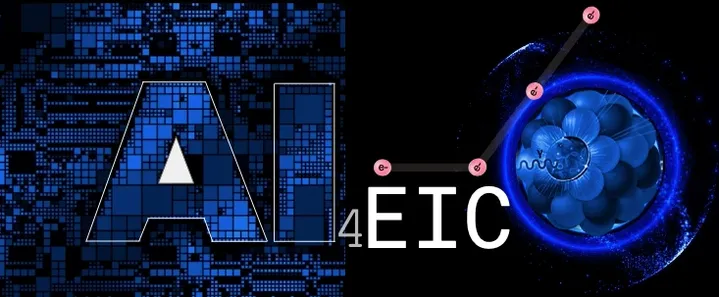Conveners
AI/ML for Accelerators
- Elena Fol (member@cern.ch)
- Kevin Brown (C-AD)
Future improvements in accelerator performance are predicated on increasing capabilities in online control of beams inside accelerators. Machine learning techniques have been the focus of work at SLAC to increase our ability to autonomously optimize and characterize beam dynamics inside accelerator facilities. Bayesian optimization algorithms, which leverage statistical surrogate models of...
Polarization optimization collaboration (BNL, Cornell, JLab, SLAC, RPI)
Beam diagnostic technology is one of the foundations of large particle accelerator facilities. A challenge with operating these systems is the measurement of beam dynamics. Many methods such as beam position monitors have an inherent destructive quality to the beam and produce perturbations after the measurement. The ability to measure the beam conditions with non-destructive edge radiation...
The luminosity of a collider can be affected by many parameters at the same time. It is not easy to distinguish the effects of one parameter from all other parameters separately. Therefore, optimizing the performance of a collider such as RHIC, EIC becomes a multi-objective optimization problem with possible noisy signals and involves many parameters. Therefore, machine learning (Bayesian and...
Modern light sources produce too many signals for a small operations team to monitor in real time. As a result, recovering from faults can require long downtimes, or even worse subtle performance issues may persist undiscovered. Existing automated methods tend to rely on pre-set limits which either miss subtle problems or produce too many false positives. AI methods can solve both problems,...
Standard deep learning models for classification and regression applications are ideal for capturing complex system dynamics.
Unfortunately, their predictions can be arbitrarily inaccurate when the input samples are not similar to the training data. Implementation of distance aware uncertainty estimation can be used to detect these scenarios and provide a level of confidence associated with...
The dynamic aperture (DA) is an important concept in the study of nonlinear beam dynamics. Several analytical models used to describe the evolution of DA as a function of time, and to extrapolate to realistic time scales that would not be reachable otherwise due to computational limitations, have been successfully developed. Even though these models have been quite successful in the past, the...

